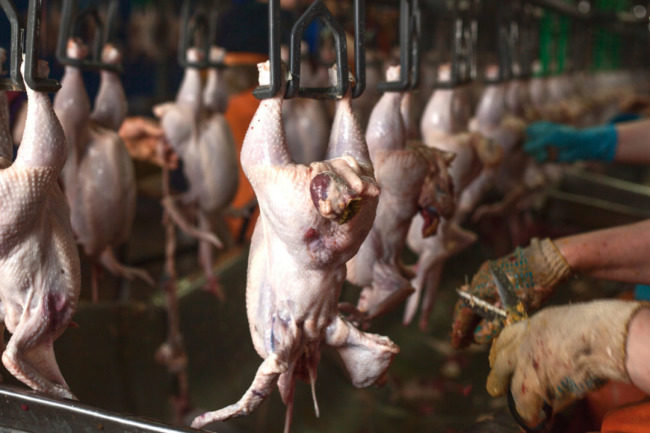UTRECHT, NETHERLANDS – Additional challenges in the global poultry industry are expected in the next year, due in large part to the continued pressure on foodservice and trade, according to Rabobank’s Q1 2021 Poultry Report.
Rabobank said slow economic growth around the world will lead to price-driven market conditions and a lengthier recovery.
“Looking forward, we see four main challenges for the global poultry industry: ongoing COVID-19 impacts on markets, high and volatile feed prices, China’s African swine fever recovery, and the northern hemisphere avian influenza crisis,” according to Nan-Dirk Mulder, senior analyst for animal protein at Rabobank.
Mulder said declining demand for poultry in China and Vietnam will likely push traders to find other markets. The report pointed out that global trade will continue to be competitive with prices for legs and breast meat expected to remain low. Rabobank advised traders to diversify away from Asia, but the number of import markets are as limited as export.
However, Rabobank estimated that in second half of 2021, the spread of COVID-19 will be more under control, leading to recovery in foodservice markets.
“This will greatly help global traders,” the report said. “But before recovery takes place, big stock levels need to be unwound.”
A balance of local supply with a volatile demand will be a big challenge for 2021. Rabobank said with any imbalance will reduce power to pass on higher costs.
“Operational excellence and procurement will be key in the context of high global grain and oilseed prices and high avian influenza pressure,” the report said. “The requires optimal efficiency and procurement as well as optimal biosecurity and planning to mitigate potential risks.”
In the United States, Rabobank reported that the domestic market was recovering but challenges linger with export sales as leg prices remain lower than normal. The group said rising feed prices will keep margin upside limited in 2021.
For China, poultry production continues to rise with a 12% increase in domestic production at the end of 2020. The country looks to be reducing its import demand and more growth in 2021. Chinese prices are expected to be low.
In Europe, the continent is dealing with ongoing oversupply, avian influenza spreading and rising feed costs.
Finally, Brazil showed disciplined supply growth in the second half of the year with lower production coming in the third quarter. Like many other global markets, feed prices increased sharply along with the price of chicken. China is the country’s only growing importer.
The full report is available here.


